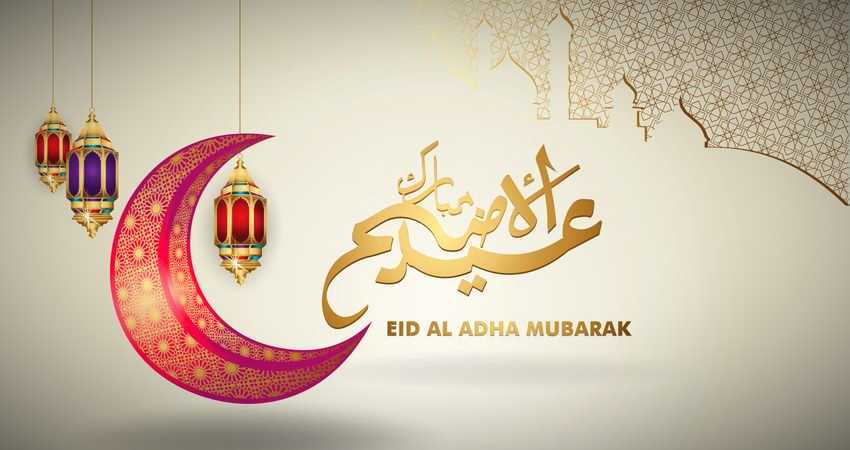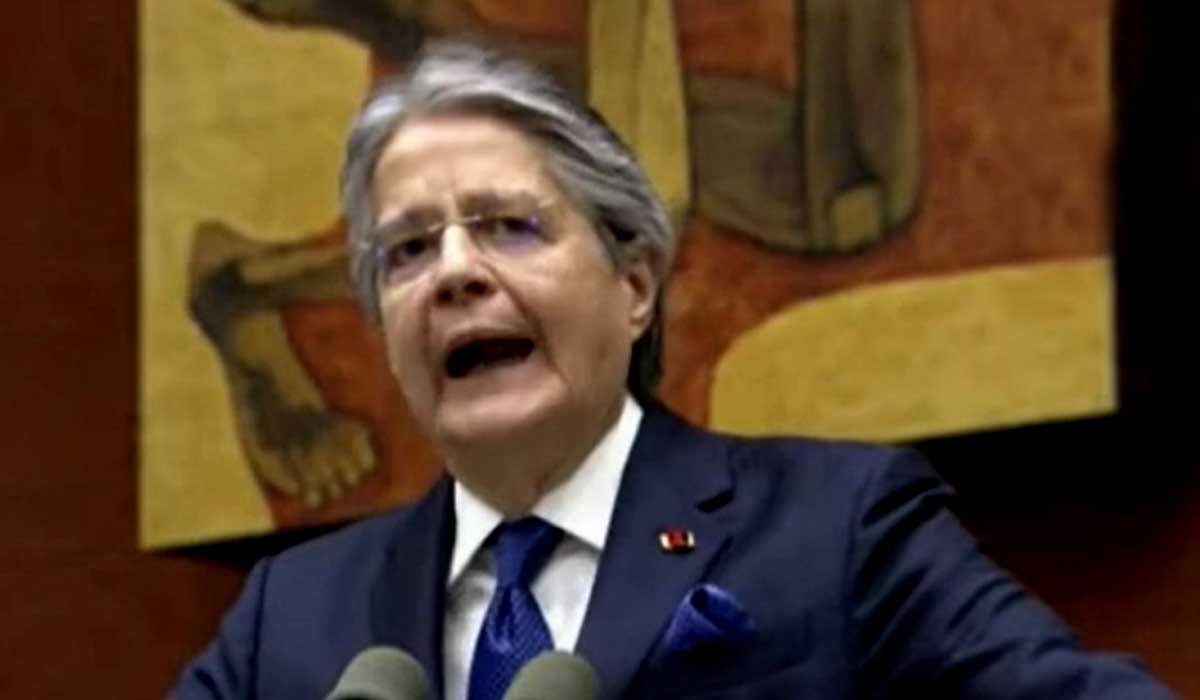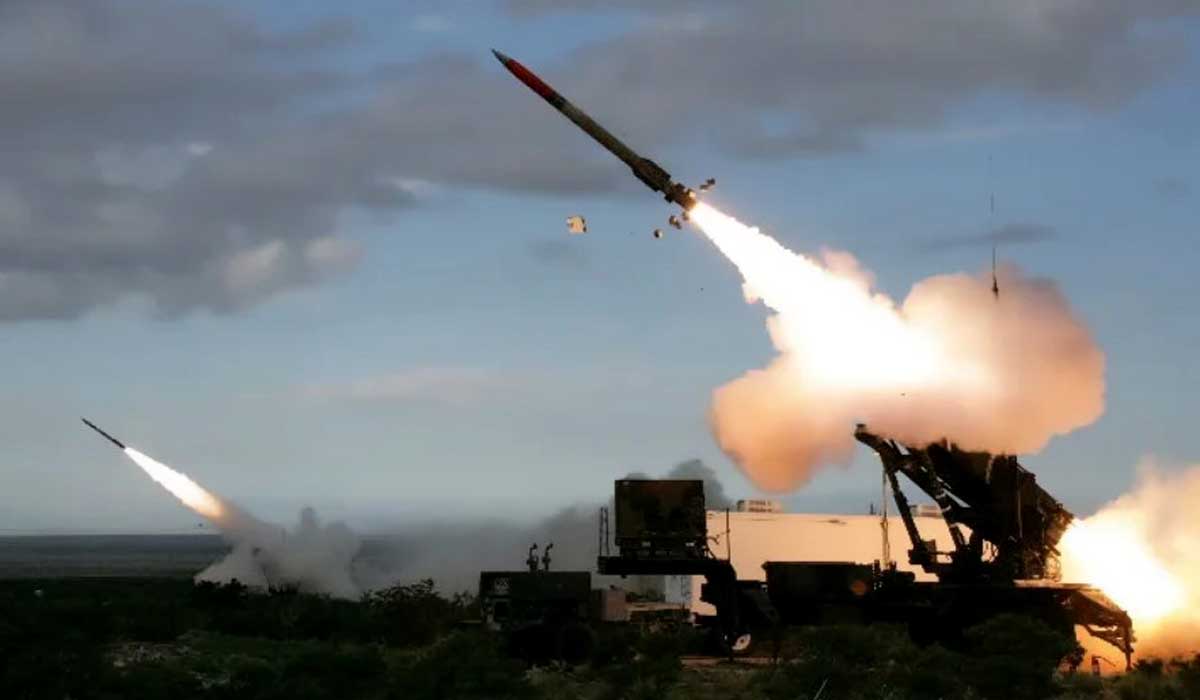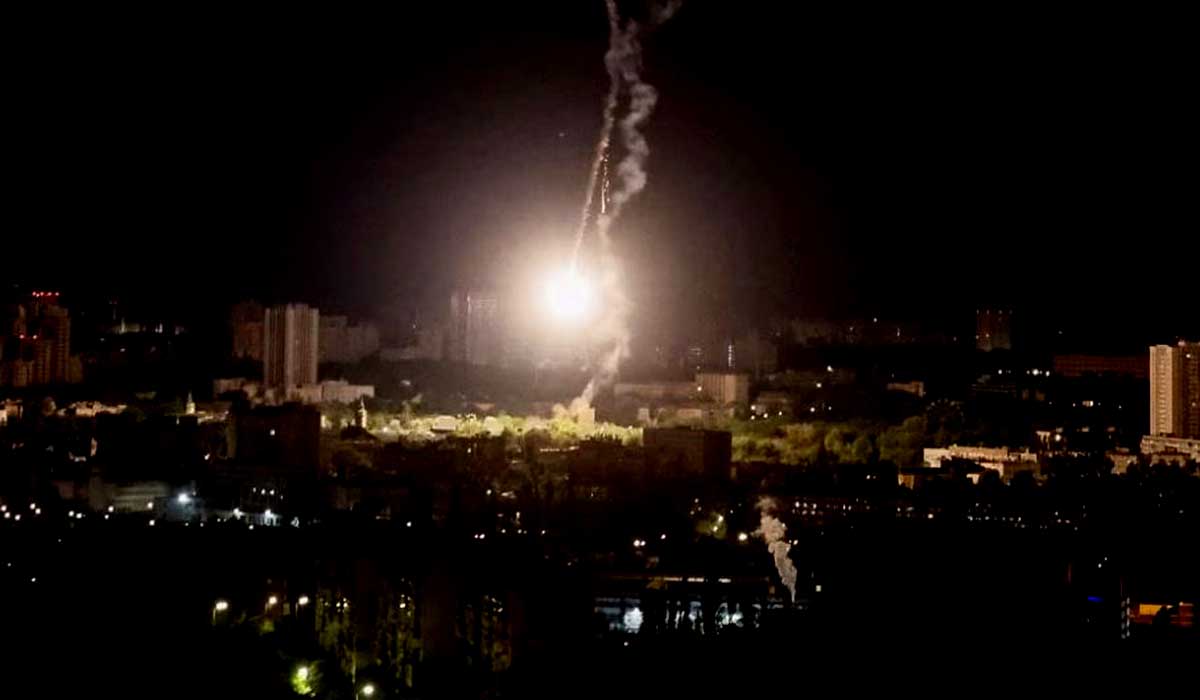
Eid al-Adha, also known as the Festival of Sacrifice, is a significant religious celebration observed by Muslims worldwide. This joyous occasion commemorates the willingness of Prophet Ibrahim (Abraham) to sacrifice his son as an act of obedience to God. Eid al-Adha is marked by various traditions and customs that reflect the cultural diversity and rich heritage of Muslim communities around the world. In this article, we explore the traditions of Eid al-Adha, including prayer, henna, and acts of charity, as observed in different countries and regions.
Prayer: Prayer holds a central place in the celebrations of Eid al-Adha. Muslims gather in mosques or open prayer grounds to perform the special congregational prayer, known as the Eid prayer. This prayer is a symbol of unity and gratitude, as worshippers come together to express their devotion and seek blessings from God. The prayer is led by an Imam, and it includes specific recitations and supplications. The atmosphere is filled with a sense of joy and spiritual fulfillment as Muslims join in collective worship and offer gratitude for the blessings in their lives.
Henna: Henna, a natural dye derived from the henna plant, is an integral part of Eid al-Adha traditions in many countries. The application of henna designs, especially on hands and feet, is a cherished practice among women and girls. Intricate and beautiful patterns are created using henna paste, symbolizing joy, beauty, and blessings. The process of applying henna becomes a social occasion, with women gathering to adorn their hands and share in the festive spirit. The rich red-brown color of the henna represents the vibrancy and excitement of the Eid celebrations.
Acts of Charity: Charitable giving and acts of kindness hold immense importance during Eid al-Adha. Muslims are encouraged to engage in acts of charity and generosity, following the example set by Prophet Ibrahim’s willingness to sacrifice. Many families give a portion of their wealth as “Zakat al-Fitr,” a form of mandatory charity, to support those in need. This contribution ensures that everyone can partake in the festivities and experience joy during Eid. Additionally, individuals offer food, clothes, and other essential items to local charities and individuals who are less fortunate. These acts of charity promote compassion, solidarity, and the spirit of giving within the community.
Festive Feasts: Food plays a central role in Eid al-Adha celebrations, as families come together to share special meals. The highlight of these feasts is the sacrificial meat, known as “Qurbani,” which is a reflection of Prophet Ibrahim’s willingness to sacrifice his son. Livestock, such as sheep, goats, or cows, are sacrificed, and the meat is divided into three parts: one for the family, one for relatives and friends, and one for the less fortunate. The meat is then prepared into a variety of delicious dishes that vary based on regional cuisines and cultural traditions. These feasts symbolize abundance, gratitude, and the spirit of sharing with loved ones and the community.
Community Celebrations: Eid al-Adha is a time of vibrant community celebrations, bringing together people from diverse backgrounds. In many countries, large gatherings, fairs, and cultural events are organized to mark the occasion. These celebrations feature traditional music, dance performances, storytelling sessions, and amusement rides, creating a festive atmosphere for all to enjoy. Communities showcase their cultural heritage through traditional attire, showcasing a tapestry of colors, patterns, and styles. The celebrations provide an opportunity for people to come together, strengthen bonds, and foster a sense of unity and belonging.




